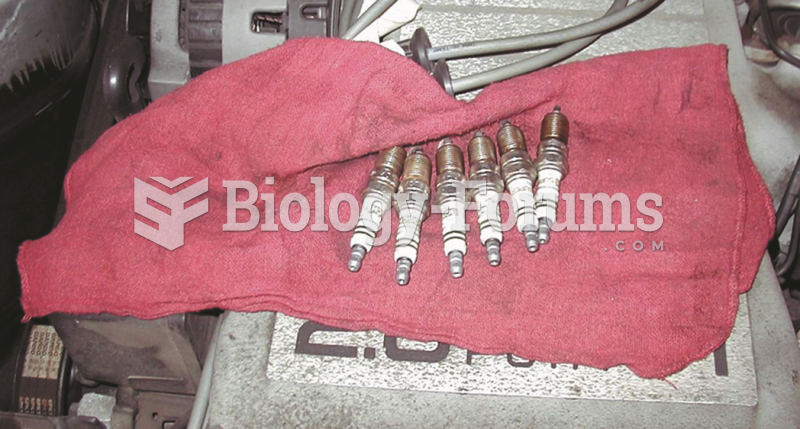Solve the problem. Use the critical-value approach.
A sheet-metal press stamps out bolt washers with a nominal inner diameter of 0.25 inches. Measurement of the inner diameters of a random sample of 14 washers produced the following results (in inches):

The normal scores of the data are summarized below:

Using technology, perform the following hypothesis test: at the 1% significance level, determine whether the mean washer diameter for this machine exceeds the nominal value. Comment on the appropriateness of the test.
◦ Test statistic: t = 4.5865; Critical value: 2.650.
Since the test statistic is greater than the critical value, reject the null hypothesis H
0: μ = 0.25 inches.
There is sufficient evidence to conclude that the inner diameter is larger than the nominal value. However, the normal probability plot indicates that the data are not distributed normally, so the t-test may not be appropriate.
◦ Test statistic: t = 2.6503; Critical value: 4.5865.
Since the test statistic is less than the critical value, do not reject the null hypothesis

. There is insufficient evidence to conclude that the inner diameter is larger than the nominal value. The normal probability distribution plot indicates that the t-test is an appropriate test.
◦ Test statistic: t = 4.5865; Critical value: 1.7709.
Since the test statistic is greater than the critical value, reject the null hypothesis H
0: μ = 0.25 inches.
There is sufficient evidence to conclude that the inner diameter is larger than the nominal value. However, the normal probability plot indicates that the data are not distributed normally, so the t-test may not be appropriate.
◦ Test statistic: t = 2.6503; Critical value: 4.5865.
Since the test statistic is less than the critical value, do not reject the null hypothesis

. There is insufficient evidence to conclude that the inner diameter is larger than the nominal value. However, the normal probability plot indicates that the data are not distributed normally, so the t-test may not be appropriate.







